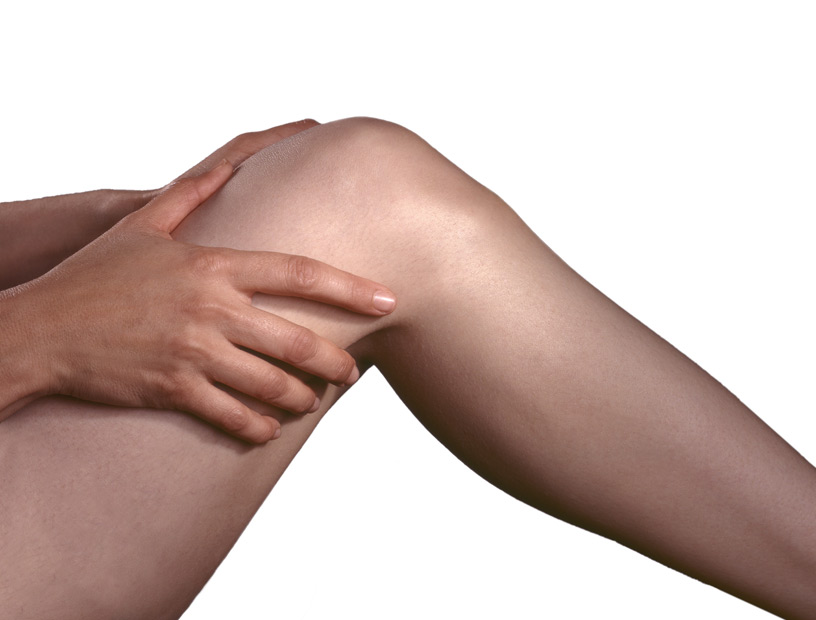
Unlike other cells that have very specific purposes, undifferentiated cells have a unique ability to adapt their purpose to whatever area of they happen to be in.
Undifferentiated cells are also naturally generated by the body to help with the healing process in areas affected by injury or inflammation. Because of the special capabilities of these undefined cells, they are sometimes collected from another part of the body and injected into the affected area to promote tissue healing and regeneration.
What are Cutting-Edge Injectables?
Cutting-edge injectables is simply the use of undifferentiated cells for healing and regenerative purposes. This is a non-surgical, outpatient treatment designed to instantly deliver help to areas where pain is being experienced due to damaged ligaments, tendons, muscle tissues, cartilage, or bone.
What this could mean for patients is a shorter recovery period and less painful rehabilitation. There’s also the possibility of avoiding surgery and reducing reliance on pain medications, including ones that may have potentially serious side effects or risks associated with long-term use.
Why Might It Be Recommended?

Because of the nature of undifferentiated cells, they may help relieve or manage pain related to various neuromuscular and degenerative disorders. This therapy may be recommended for patients with non-healing fractures or soft tissue injuries that aren’t healing as quickly as expected.
Affecting one out of every four Americans, arthritis can be difficult to manage effectively as tissues around joints become irritated and inflamed. Newer types of cutting-edge injectables are being used to help patients with certain types of arthritis, including osteoarthritis (OA). It may also be recommended for patients dealing with acute or chronic pain related to:
- Non-herniated lower back discs
- Partial tears of the rotator cuff
- Meniscus and ACL tears and similar knee injuries
- Stiffness, swelling, and tenderness around joints that’s affecting range of motion or mobility
- Inflammation related to tendinitis and bursitis
How Does It Work?
The first step is to perform a thorough evaluation and several tests to determine the extent of the injury or the source of pain. Undifferentiated cells are typically collected from fat tissue in the back area or hips. They are separated from the collected tissue and prepared as an injection. Once the undifferentiated cells are ready, they are injected into the affected area. A local anesthetic is used to ease pain around the injection site.
This therapy is usually given as a series of injections during individual sessions spaced out over several days or a few weeks. Some patients may have an initial injection to see what the response is before any further treatments are scheduled. There may be some minor irritation or discomfort in the area where the injection was given, although this is usually temporary.
Considered a form of regenerative medicine, cutting-edge injectables for pain management purposes may improve the healing process enough to allow patients to enjoy greater benefits from different types of physical therapy, including treatments involving exercise to help restore flexibility, mobility, and range of motion. As is the case with orthopedic injections, it is generally considered safe since harvested cells come from the patient’s own body.

on caring for specific orthopedic needs.
